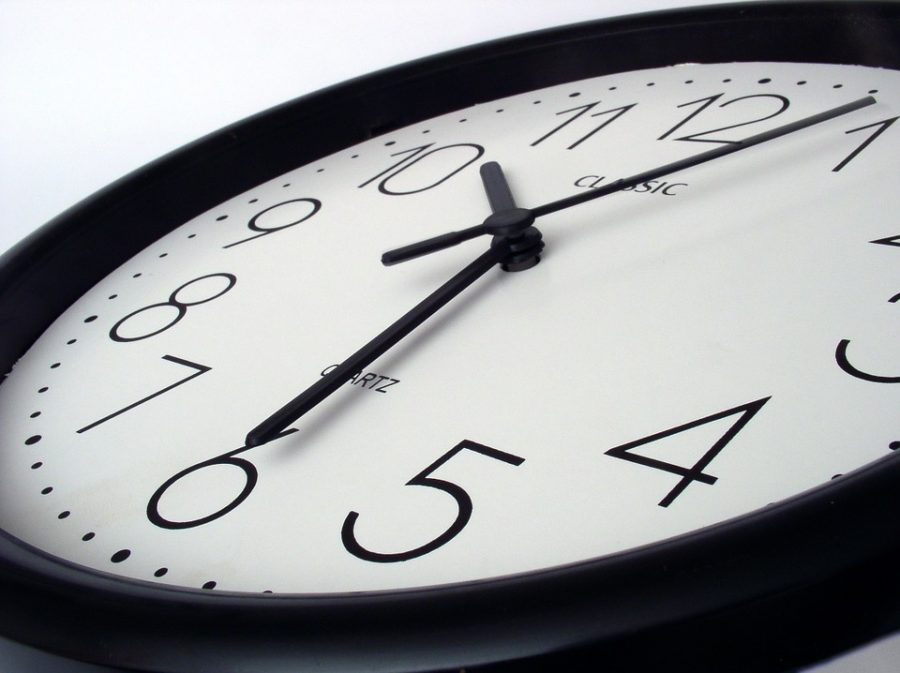The Hard Facts Tell Us That We Need Ten Periods
Every time the bell echoes over the loudspeaker, we get up, gather our things, and proceed to the next class like dutiful little automatons; unquestioning and unconcerned about why we’re doing that only for only nine periods a day. But if you do stop and think, it’s really quite arbitrary how our day is divvied up. Why nine periods, and not a round ten?
There’s definitely room for improvement. A student who wants to maximize his number of classes could do so much more with ten 38-minute periods, and students who fret about time in the halls could benefit from the extra 27 seconds added in the nine transition intervals (see a recent article by George Pounds concerning the effectiveness of our 4-minute interval policy). This would come at no change to the 7:50 – 2:50 timing that exists today, only at a benefit to the thousands of students at Albany High.
What good reason exists to stop this proposal from working? Some will claim that we don’t have more periods because of lab requirements. This can’t be right, because AP science lab requirements are based on percentage of class time, not amount of time. And, while the regents science courses do base their lab requirements on minutes, the 1200 minutes required right now make up a significantly smaller percentage of our class time than the requirements in the AP classes, anyway (less than 16%, as compared with 25% for AP Chemistry).
So it’s not that. Is it to eat lunch? We can discard that right away: students normally finish their food fifteen minutes or so before the bell. No other good educational counterpoint exists; students can learn as well in 38 minutes as in 42; four minutes is not enough to drastically alter anything. Several studies, such as by McGrath, et. al., show no difference in student performance for slightly shortened or lengthened periods.
Now onto the benefits! Other research indicates that shorter periods, as low as 30 minutes, are best to maximize the learning experience. Several studies cite that even college-level students do not have attention spans of longer than 10 minutes, and especially children with attention-deficit disorders could benefit from slightly shortened periods.
Another plus is how much more can be done. I know several students such as myself who find themselves with a dearth of opportunities in their class choices. There are 12 classes I want to take next year, and only 9 periods to fill them with. A ten-period day would at least help close that gap slightly. Productivity would be improved. This doesn’t work just for high-scoring children, as well: more periods could mean more credits towards graduation, and if Albany High really is looking around for methods to raise their graduation rate, the ten-period day would be the way to do it.
The City School District may hesitate at this proposal, because it would mean paying teachers more: for extra periods, they get extra pay. However, for whatever that figure is, we can multiply it by 0.9 for each period taught (or something along the lines of 0.95 to keep the teachers themselves happy) to keep paying them the same money. As Machiavellian as it seems, we know that money does not necessarily have to be a problem.
Right now, the City School District of Albany offers no reason why the nine-period system exists. Likely it is an arbitrary number chosen in a committee, without much thought. Until they submit a well thought out and credible reason for this decision, get the word out that ten periods is a much more viable option.


